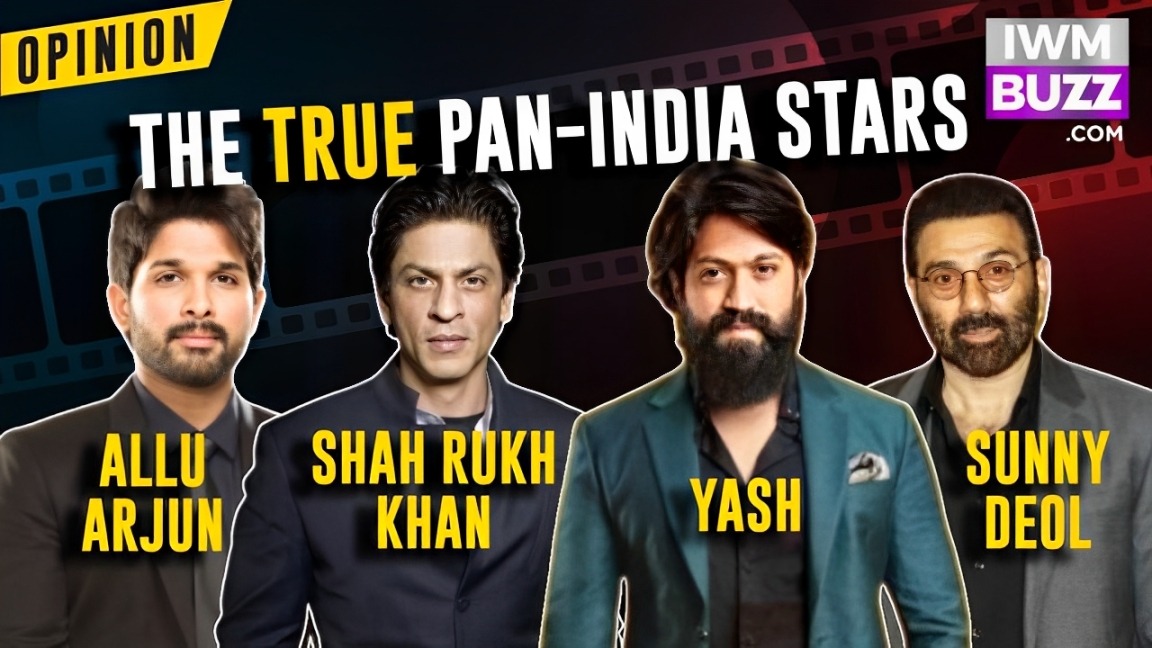One cannot possibly credit S.S. Rajamouli enough for inadvertently birthing the term ‘PAN-India’—a label that has since taken on a life of its own. The sheer, earth-shattering impact of the Baahubali franchise didn’t just redefine Indian cinema; it single-handedly propelled filmmakers, producers, and distributors into an unrelenting race to market their otherwise ‘regional’ films as ‘PAN-India spectacles.’
But as is the case with most trends, the term has been excessively stretched, misused, and, dare we say, bastardized to the point where its true essence seems lost. Over the past seven to eight years, an influx of so-called PAN-India films has surfaced, often failing to grasp whether they genuinely appeal to a culturally and linguistically diverse audience.
More so, this overuse has led multiple A-listers to operate under the delusion that they, too, hold the status of PAN-India stars, oblivious to the intricate web of investment, strategy, and market forces that underpin such a stature.
To be a PAN-India star is not merely about starring in a film dubbed in multiple languages—it is about commanding a presence so compelling that audiences across states willingly flock to the theaters. It’s about filmmakers betting big on the certainty that their projects will reap massive rewards across territories.
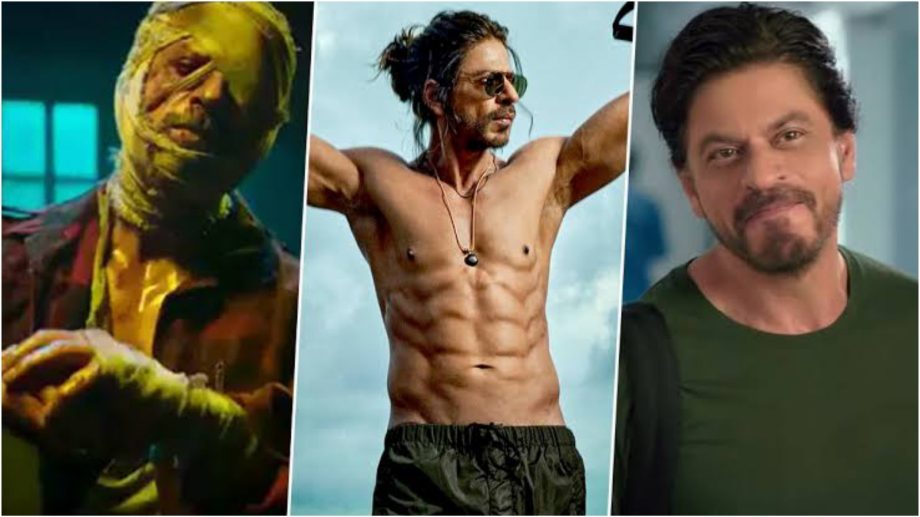
And when viewed through the lens of empirical data, audience engagement, and undeniable market dominance, the true elite club of PAN-India superstars arguably consists of just four names: Shah Rukh Khan, Allu Arjun, Yash, and Sunny Deol.
Take, for instance, the meteoric rise of Allu Arjun and Yash—two icons who have upended conventional box office expectations and redefined mass appeal. Yash’s unwavering conviction in KGF turned what was initially marketed with moderate expectations into an unstoppable juggernaut.
When KGF Chapter 2 stormed into cinemas in 2022, it obliterated records, cementing its place in history. Now, with Toxic: A Fairy Tale for Grown-Ups on the horizon, featuring an impressive ensemble cast, it wouldn’t be far-fetched to predict that Yash’s next outing might once again rewrite the benchmarks of box office glory.
Similarly, Allu Arjun’s Pushpa replicated a strikingly parallel trajectory to KGF Chapter 1. A surprise sensation at the box office, it resonated far beyond its native Telugu-speaking audience. But it was Pushpa 2: The Rule that truly shattered preconceived notions about linguistic barriers in cinema.
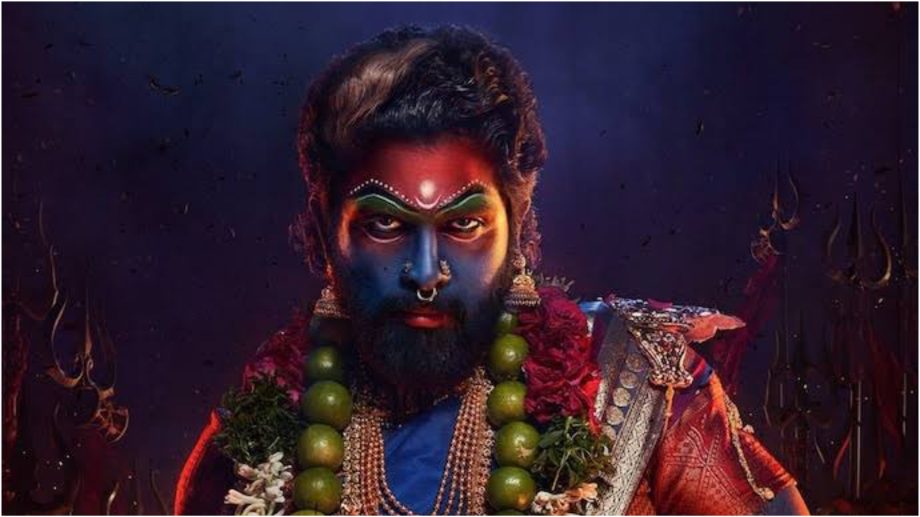
Released in December 2024, the film not only became the highest-grossing Hindi film of all time with over ₹800 crore in its Hindi version alone but also amassed an astounding worldwide gross exceeding ₹1200 crore. The sheer magnitude of this success means that whatever Allu Arjun chooses to do next will be met with unprecedented anticipation by distributors and audiences alike.
Parallelly, Shah Rukh Khan’s cinematic resurgence in 2023 was nothing short of a masterclass in superstardom. After a four-year hiatus, SRK stormed back into the game with a triumphant hat-trick of box office blockbusters, evoking nostalgia from the 90s and mid-2000s—the era when his silver-screen presence was unparalleled.
Across three films and multiple languages, he amassed a staggering ₹1500 crore, reaffirming his position as the quintessential PAN-India superstar. Now, with King poised for release this year, the anticipation surrounding his next move only solidifies his stronghold over nationwide audiences.
And then comes the most unexpected yet entirely deserving name in this quartet—Sunny Deol. Before Gadar 2, Deol’s box office fortunes had dwindled to the point of near irrelevance. Yet, the staggering success of Gadar 2 not only resurrected his career but also expanded his appeal across regions and demographics.
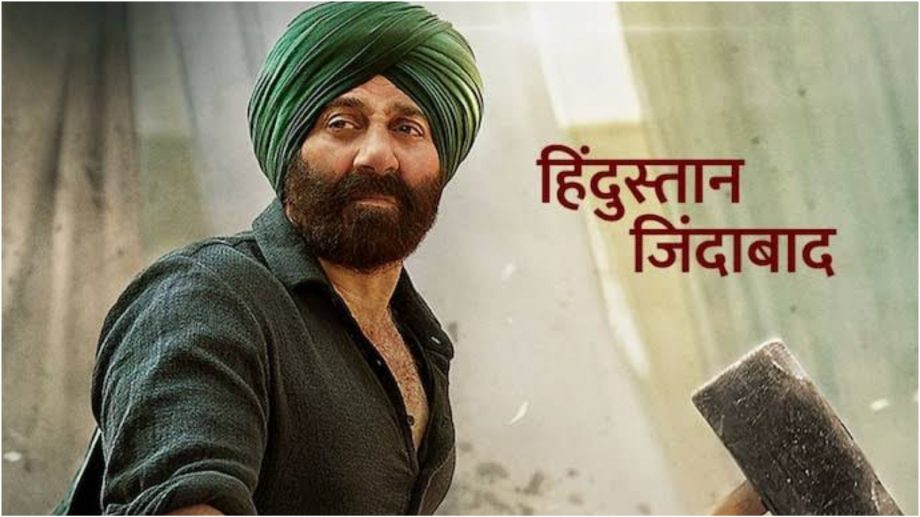
The film reignited nostalgic fervor, drawing audiences in droves and making his iconic dialogues and action sequences resonate across languages. With an enviable lineup that includes Jaat, Lahore 1947, Baap, Ramayana, and Border 2, Deol is now a formidable force. While not every film in his arsenal might replicate Gadar 2’s magic, his re-entry into the nationwide consciousness is indisputable, making him a fascinating case study in the unpredictability of star power.
If you find yourself travelling in different parts of India – you will perhaps find a Sunny Deol cut-out, his image with the hand pump, his popular ‘dhai kilo ka haath’ dialogue iteration or anything else that Deol is known for on trucks, rickshaws further accentuating the penetrations that Deol has as a star.
Of course, one could argue the case for other actors—Jr. NTR, Ram Charan, Salman Khan, or even Ranbir Kapoor—being in contention for this exclusive club. And while these names undeniably wield influence, the reality remains that their hit-and-miss ratios and broader market outreach don’t necessarily translate into absolute certainty.
The notion of PAN-India stardom isn’t just about sporadic success—it’s about an undeniable, consistent, and cross-cultural pull that very few can genuinely claim to have.
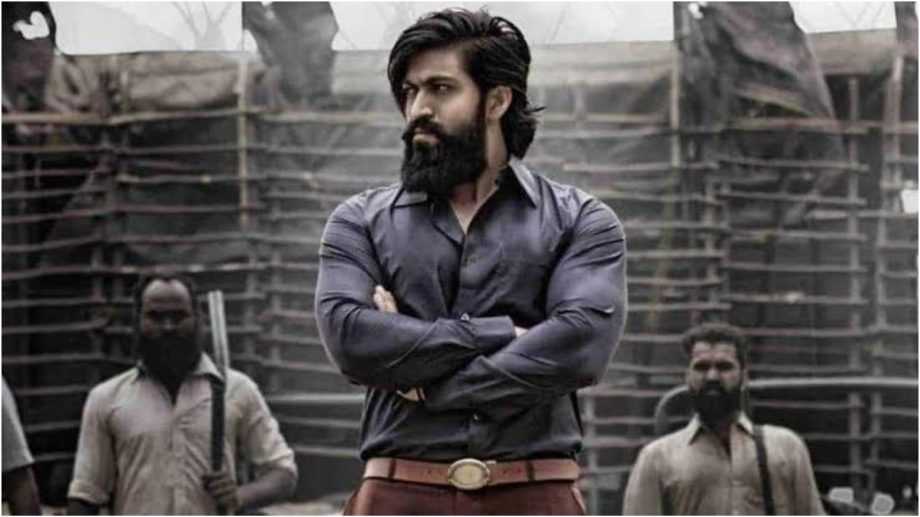
In an industry where trends evolve and audience preferences shift with breakneck speed, the idea of true PAN-India superstars remains elusive. Yet, for now, the crown rests firmly on the heads of those who have not only cracked the code but have rewritten it entirely.

